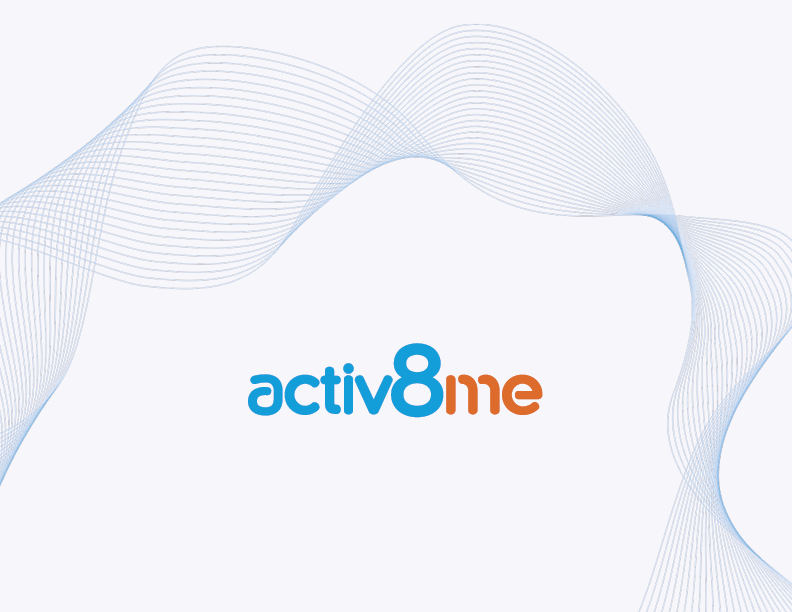The orange box. It looks kinda rustic. But this bulky iron clad equipment can help improve the lives of many indigenous Australian communities . This orange box is a new computer system called, the Digital Doorway (DD).
What is the Digital Doorway?
Digital Doorway (DD) is the name given to a technology from South Africa built around a robust, freestanding, multi-screen. This internet-enabled computer will let indigenous Australians access the internet. The ‘ruggedised’ construction is designed to withstand enthusiastic use, vandalism and climatic extremes of temperature and humidity. The DD can be powered from a standard electricity supply, a car battery, or solar panels and can be installed in any location.
What is the Digital Doorway project?
Digital Doorway (DD) is another trial project auspices under DBCDE. A community can be chosen to test the DD computer for 6 months to see if it will be useful for Indigenous communities to use in the future. The project is being paid for by the Australian Government through the Indigenous Communications Program.
How does the Digital Doorway work?
The unit has three computers so it can be used by more than one person at a time. All three computers (also termed as client computers) are connected to a server computer inside the unit and server connected to the NBN satellite.
DD is connected to the internet and also has other computer programs like Wikipedia, educational games and educational programs for children to use. APN has implemented content filtering at all 3 DD trial sites and also at 6 Wi-Fi trial sites, so that inappropriate websites cannot be accessed.
The internet can be turned off for part of the day, for example during school hours. There is a footstool for users, especially kids, to stand on so that they can easily reach the computer. The DD will be free for everyone in the selected remote community to use over the 6-month testing period.
How it started
The first DD units were installed at three indigenous communities (in QLD, NT and WA) in November 2012.
APN is the only company contracted by the Department of Broadband, Communications and the Digital Economy (DBCDE) to install DD units in three communities in Australia and also to provide technical support, including a site visit for any unit failure.
How can the DD Program help indigenous communities?
The program’s key objective is to provide internet access to people living in remote indigenous communities. The DD unit provides awareness and opportunities for remote indigenous groups in a variety of ways. For instance, people at remote indigenous community use DD unit for Centrelink, educational websites, entertainment such as YouTube, social networking sites, online chats, online banking, etc.
People also use the DD unit for online voice and video chat with friends and family members. Internet access will also help them to keep an eye on the weather forecast and other important news updates.
“An 8 year old at Shipton’s Flat reckons DD unit as one of the biggest changes in the community . It really helps community members. Kids at Binjari Top Camp show their parents what they study in school, so now their parents know what their kids do in school,”said Nirav Thaker, Activ8me’s installation co-ordinator.
What happens at the end of the Digital Doorway project?
At the end of the 6-month test period, the selected community will have an opportunity to discuss how the project went . The decision whether the units be permanently kept at communities or be de-installed must be assessed.
Where do I get more information?
If you want more information on the DD project, you can contact:
Freecall from your Community Phone or any phone: 1800 355 014 or by Email: icp@dbcde.com.au
Credits: N.Thaker
Images by: Infotech




